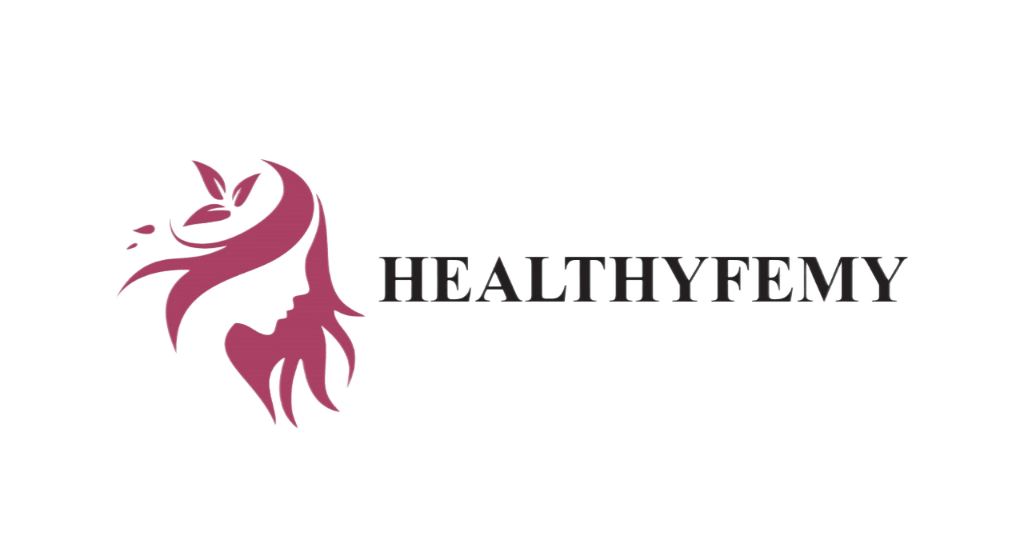Let’s be honest — when we think about birth, the focus is usually on the big event itself. The contractions. The pushing. The moment you finally meet your baby. But what comes next? That’s the part no one really warns you about. Postpartum recovery is this hazy, intense, beautiful, messy time that doesn’t get nearly enough attention.
Sure, people tell you, “Rest when the baby rests!” and “It takes time to heal!” But what does that actually look like, day in and day out? The truth is, postpartum healing doesn’t follow some neat little script — and it can feel downright bewildering at times. So, let’s walk through it honestly, week by week. No sugar-coating, just real talk about what your body (and mind) might go through after birth.
The First Few Days: Welcome to the Wild Ride
Those first 72 hours? Whew. They can be overwhelming. Your body is in shock, plain and simple. You’ve just run the ultimate marathon, whether you had a vaginal birth or a C-section. Everything feels tender. You might be sore in places you didn’t even know could hurt.
- Bleeding (lochia): Think of it as your body’s way of clearing things out. It’s heavy, bright red at first, and it can last for several weeks. Don’t be surprised if you pass a clot or two — but call your doctor if they’re bigger than a golf ball.
- Perineal pain or incision discomfort: If you tore or had an episiotomy, sitting might feel… tricky. Ice packs, witch hazel pads, and those magical hospital mesh undies will be your best friends. Had a C-section? Your belly may feel sore, numb, or tight where the incision is healing.
- Afterpains: Nobody really talks about these! They’re crampy contractions as your uterus shrinks back down. They tend to hit hardest when you’re breastfeeding.
- Engorgement and milk coming in: Around day 3 or 4, your breasts might go from soft to rock-hard practically overnight. Warm showers, gentle massage, and frequent feeding can help.
Week 1: The Foggy Blur
Honestly, this week often feels like a blur of feedings, diaper changes, and figuring out how to function on little to no sleep.
Your emotions may be all over the place. One minute, you’re gazing at your baby, heart bursting. The next, you’re crying because you spilled water or can’t find your phone (that’s probably in your hand).
Your body? It’s working hard behind the scenes:
- Your uterus keeps shrinking — you’ll feel it most when breastfeeding.
- Vaginal bleeding might lighten a bit, shifting from bright red to pinkish.
- C-section mamas: Your incision should be healing, but moving around will feel slow and awkward at first.
- Bowel movements might scare you — no lie. Drink water, eat fiber, and go slow.
Tip: Take all the help you can get. Visitors can wait. Your job is to rest, recover, and bond with that baby.
Week 2: Finding a Rhythm (Sort of)
By now, some of the immediate soreness is easing. Sitting might not feel quite so daunting. If you had a C-section, you might be moving more easily, though you’ll still feel tender around the incision.
- Bleeding continues — but it should be tapering off and turning more brownish or yellow.
- Hormones are on a roller coaster — hello, baby blues. You might feel tearful, overwhelmed, or irritable for seemingly no reason. That’s normal, but keep an eye out: if those feelings stick around or get worse, reach out for help.
- Breastfeeding or pumping is still a work in progress. It gets easier. Promise.
Your body’s trying to heal, feed a baby, and adapt all at once. No wonder you’re tired!
Weeks 3–4: The New Normal Starts Taking Shape
At this point, some women start to feel a bit more human again. (Some don’t — and that’s okay too.) You might have moments where you feel stronger and more like yourself, mixed with moments where you wonder if your body will ever feel “normal” again.
- Bleeding should be mostly light spotting now — if it suddenly gets heavier again, give your provider a call.
- Your energy may be returning in fits and starts. Listen to your body. Take walks, but don’t overdo it.
- C-section scars may feel itchy as they heal — resist the urge to scratch!
This is also when many new moms start feeling pressure (from themselves, from others) to “bounce back.” Let’s be clear: there’s no bouncing. There’s only healing — and that takes as long as it takes.
Weeks 5–6: The Check-In
Around week 6, you’ll probably have a postpartum checkup. This is where your doctor or midwife makes sure your uterus is back in place, your stitches (if any) have healed, and you’re physically recovering as expected.
- You might be cleared for sex and exercise — but that doesn’t mean you’re emotionally ready. And that’s okay.
- If you’re still bleeding, especially bright red blood, let your provider know.
- Pelvic floor muscles may feel weak — consider asking about postpartum physical therapy.
Mentally? You could be feeling a little clearer… or not. Some moms feel the weight of postpartum depression or anxiety around this time. If you’re struggling, please don’t wait. Help is out there — and you deserve it.
Week 7 and Beyond: The Long Game
By now, many external signs of healing have settled down. But postpartum recovery is a marathon, not a sprint. Your insides? Still healing. Your emotions? Still adjusting.
- Periods might return, depending on whether you’re breastfeeding.
- Hair shedding often kicks in around 3 months postpartum — it can be shocking, but it’s normal.
- Core strength and posture need time to rebuild — don’t rush it.
This is the season where many moms feel invisible. The baby’s getting all the attention, but you’re still in recovery mode. Please, be gentle with yourself. There’s no finish line for healing — just one day at a time.
What Nobody Really Tells You
Here’s the heart of it. Postpartum recovery isn’t just physical. It’s mental. It’s emotional. It’s spiritual. You’re not just healing a body — you’re adjusting to a new identity. And that comes with good days, hard days, and everything in between.
Nobody tells you:
- How lonely postpartum can feel, even when you’re surrounded by people.
- How you might grieve the version of yourself that existed before motherhood.
- That it’s okay to miss your old life — and still love your baby fiercely.
- That recovery can be messy, slow, and non-linear.
So if you’re in the thick of it? Take a breath. You’re doing better than you think.
Final Thoughts: You’re Stronger Than You Know
Healing after birth isn’t a straight path. Some days, you’ll feel unstoppable. Other days, you might wonder if you’ll ever feel like yourself again. But every day, you’re moving forward — even when it doesn’t feel like it.
Don’t be afraid to ask for help. Lean on your support system. Talk to your doctor if something doesn’t feel right. And above all, give yourself grace. You just did something incredible — and recovery is part of the journey.
Week-by-Week Postpartum Healing at a Glance
| Week | What’s Happening | What Helps |
|---|---|---|
| 1 | Heavy bleeding, soreness, exhaustion | Rest, hydration, gentle movement |
| 2 | Lighter bleeding, emotional ups & downs | Support, self-kindness, fiber-rich foods |
| 3–4 | Energy returning, spotting, adjusting | Short walks, baby bonding, naps |
| 5–6 | Checkup time, possible clearance for sex/exercise | Pelvic floor exercises, open communication |
| 7+ | Ongoing internal healing, identity shifts | Patience, support, self-care |
FAQs
Recovery varies, but it generally takes 6–8 weeks for initial healing. However, full recovery—physically and emotionally—can take months.
Postpartum healing happens in phases: Week 1 is focused on rest, Weeks 2–4 involve tissue healing and gradual mobility, and by Week 6, many women feel more stable, though full pelvic recovery may take longer.
Some cramping, soreness, and bleeding (lochia) are normal during the first few weeks. Heavy bleeding after 10 days or passing large clots should be reported to your doctor.
Light movement like walking is encouraged in the first couple of weeks. Most women are cleared for exercise at 6 weeks, but always consult your healthcare provider.


